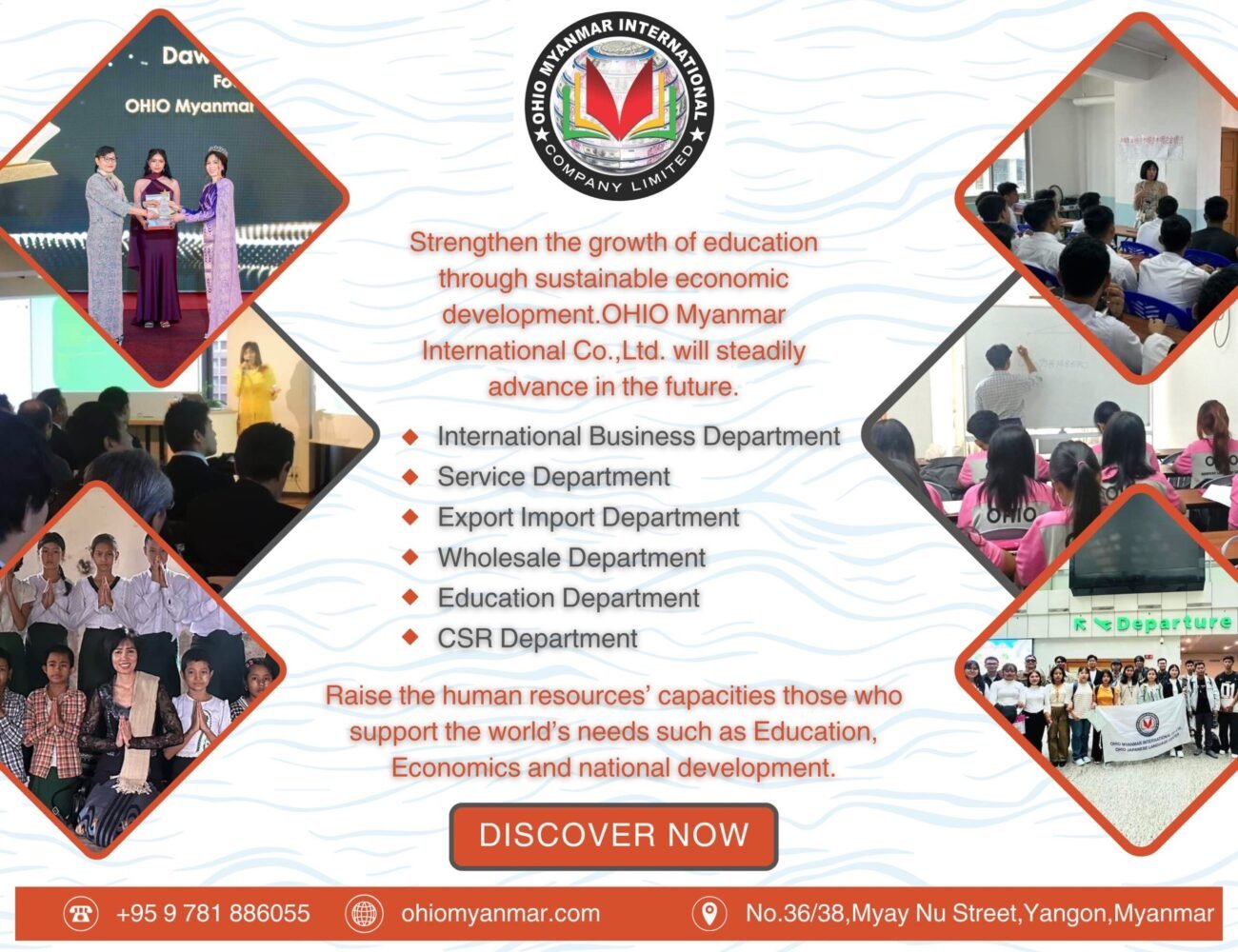
In July, the number of Saudi citizens entering the private sector for the first time more than doubled, surpassing 34,600 individuals, up from 16,500 in June. This represents a growth of over 100% within just one month.
According to a recent report from the National Labor Observatory, the private sector’s workforce grew to 11.473 million in July, up from 11.409 million in June. Additionally, the number of citizens reached 2.342 million last month, an increase from 2.340 million in June.
The recent report from the observatory highlights that Saudi Arabia saw a significant increase in its labor force participation rate, rising from 55 percent in 2016 to 61.2 percent in 2021. This marks the highest growth among G20 nations, surpassing Japan’s 2.2 percent increase. Additionally, the growth rate for female participation in the labor market in Saudi Arabia reached 5.5 percent, a notable rise compared to Australia’s 2.1 percent and other G20 countries with even lower rates. For males, Saudi Arabia experienced a growth rate of 1.7 percent, while Australia’s rate was 1.5 percent, with the rest of the G20 countries reporting even lower figures.
The expansion of the labor force in Saudi Arabia is driven by several key factors, including initiatives to enhance female participation, a large proportion of young people in the population, and the growing appeal of the market due to economic growth.
According to the most recent report, the Kingdom is positioned as one of the leading countries regarding male labor force participation, coming in second only to Indonesia and surpassing all other G20 nations. The Kingdom also ranks among the top 10 G20 countries for overall employment rates, achieving a rate of 57 percent. Notably, it leads the G20 in female employment growth, with a 10 percent increase from 2016 to 2021. Additionally, the male employment rate is notably high at 76 percent.
The National Labor Observatory highlighted several key factors for boosting employment rates in the Kingdom. These include creating sector-specific strategies to advance human capital, aligning educational outcomes with labor market needs, and fostering job creation and localization across different sectors.
Additionally, enhancing the workforce’s skills to meet future demands amid technological advancements is crucial. Increasing involvement in modern work practices, such as remote and flexible work arrangements, and implementing supportive policies and programs, including income support and social protection, are also essential for improving employment rates.
Notably, the unemployment rate for Saudis dropped to 7.6% in the first quarter of this year, down from 7.8% in the final quarter of 2023. This decrease brings the rate closer to the “Vision 2030” goal of 7%.















